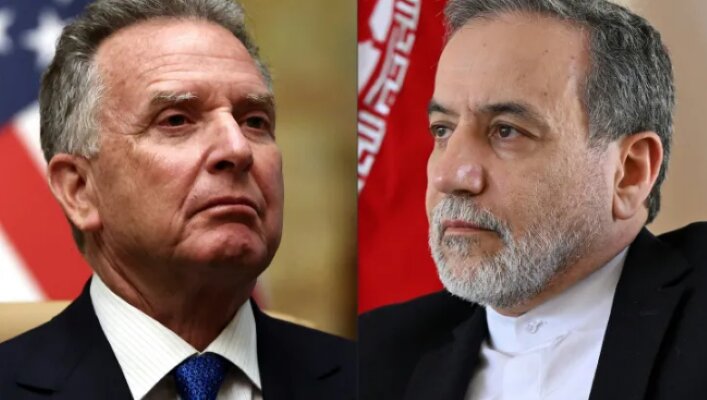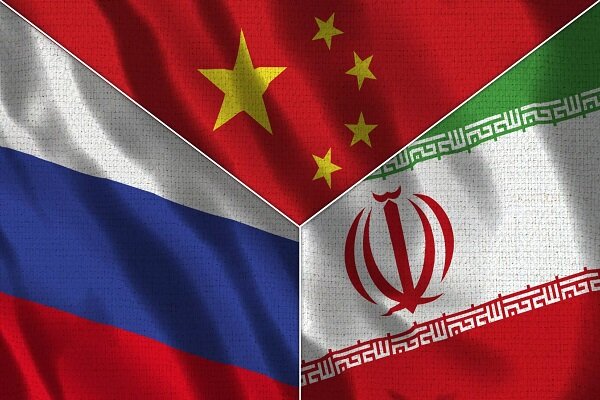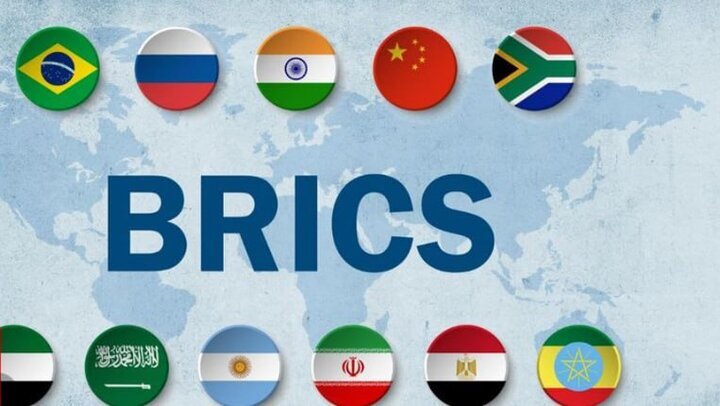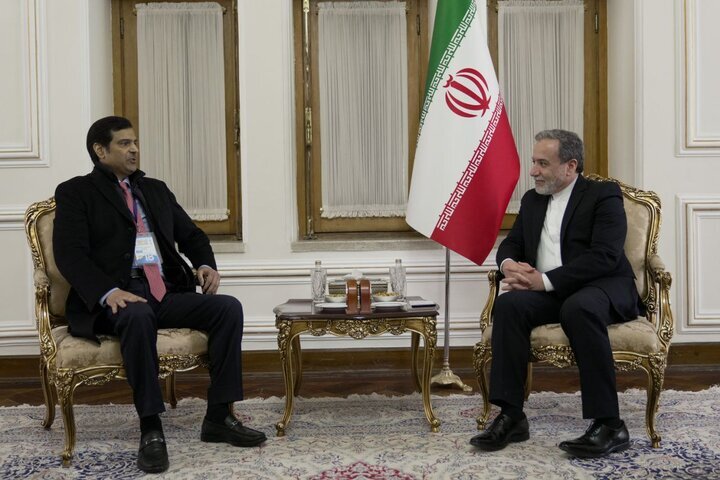Exclusive Insights: Inside the Iran-US Closed-Door Negotiations
Negotiations in Muscat are shrouded in secrecy, but recent insights reveal crucial information about the ongoing discussions. Al Jazeera has obtained details from a source close to the negotiations, highlighting the preparation of position papers by both parties. These documents outline key areas for discussion and establish non-negotiable red lines. This article delves into the latest developments regarding the Iran nuclear talks in Muscat.
According to the insider information, both sides have been tasked with creating a position paper. This document serves as a foundation for the negotiations by detailing:
- Key areas of importance: Each party will identify what matters most to them.
- Red lines: These are the issues that each side is unwilling to compromise on.
Once these papers are prepared, they will be exchanged between the parties, providing each side with insight into the other’s priorities and concerns. This process is essential for fostering understanding and moving forward in the negotiations.
The source indicates that the Iranian delegation insists that the discussions be limited solely to the nuclear issue. This condition underscores Iran’s focus on nuclear negotiations, aiming to address specific concerns without venturing into other contentious topics.
Another significant aspect of these negotiations is the format of the talks. The source revealed that there is ongoing discussion about whether the interactions will be direct or indirect. Currently, it appears that the Omani mediators will be facilitating communication by:
- Shuttling between the two parties
- Conveying messages and positions
This indirect approach suggests that the Iranian side has not received directives from Tehran to engage in direct meetings with the opposing side. Maintaining a degree of separation may be a strategic choice for Iran, allowing them to control the narrative and the flow of information.
As the negotiations unfold, the situation remains fluid, with both parties preparing for a series of exchanges that could shape the future of nuclear diplomacy. The exchange of position papers is a critical step, fostering a structured dialogue that could lead to breakthroughs or setbacks in the negotiations.
In summary, the current state of negotiations in Muscat highlights several key facets:
- Position papers are being prepared by both sides to outline their priorities.
- The talks are expected to focus strictly on the nuclear issue.
- There is a preference for indirect negotiations, with Oman acting as a mediator.
These elements will play a crucial role in determining the trajectory of the discussions. As more information comes to light, the international community watches closely, hoping for a resolution that addresses the complexities of nuclear diplomacy in the region.
While the details remain limited, the insights gained from this source provide a glimpse into the intricate dynamics at play in Muscat. The outcome of these negotiations could have significant implications not only for Iran but for global security as a whole.
In conclusion, as the situation develops, stakeholders on all sides will need to remain adaptable and responsive to the evolving landscape of the negotiations. The importance of clear communication and understanding cannot be overstated, especially when dealing with such high-stakes issues as nuclear policy.






